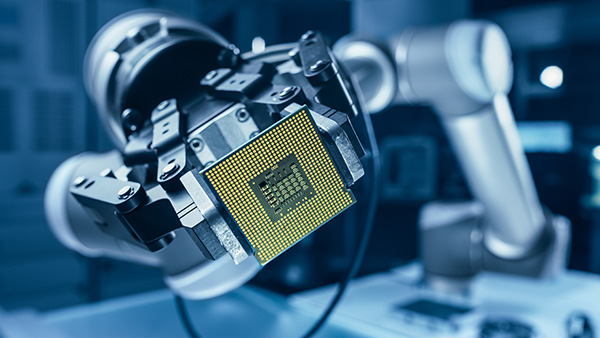In a 1990 ground-breaking Harvard Business Review article on reengineering, Michael Hammer admonished leaders to stop trying to automate and simply obliterate. It was a cry for eliminating useless, or low-value efforts in favor of simplicity and focusing on things that matter. I could have hugged the man. Today, simplification is not enough. There are new techniques for analyzing processes, and new tools that make us offer up a new mantra: Don’t obliterate, automate.
Companies need the help.
Despite recent changes in global markets, the world remains tightly integrated and highly competitive. That competition has finally reached the back office. The traditional computer solutions of forms over data have been unchanged since the 1970s. Also unchanged is the recalcitrant manner with which these systems treat data sharing. What has changed, is the number of systems and the need for them to work together accurately, and efficiently.
Enter, Robotic Process Automation (RPA).
RPA solutions automate tasks doing what humans might do at their computer and beyond using rules and scripts to eliminate effort and errors. Think Excel macro that works across systems to get things done. Think about what that means. Tedious between-system interactions can happen automatically. For example, the sales system that knows a sale has occurred can use RPA to gather information from the sales system screens and enter them into the accounting system, automatically and without error. Rules can be used to send an email to the salesperson if information is missing – without human involvement.
In most cases, RPA scripts can be set up to run attended or unattended. Unattended scripts are most useful when the possibility and consequence of error are minimal. Attended RPA scripts allow the user to verify the results while automation does the work.
Who builds RPA solutions? Pegasystems is an established RPA provider. However, recently Microsoft has introduced RPA functionality both as a stand-alone offering that works across any Windows-based application, or a more restricted offering that works within Microsoft O365. Even the restricted O365 offering has tremendous potential for streamlining efforts and eliminating errors.
If you are interested, rGen, Incorporated has significant experience with process analysis and RPA automation. We are ready to help you make the most of this technology that has the potential for doing for the back office what robots have already done for manufacturing.
Feel free to connect with us at info@rgenconsulting.com.
